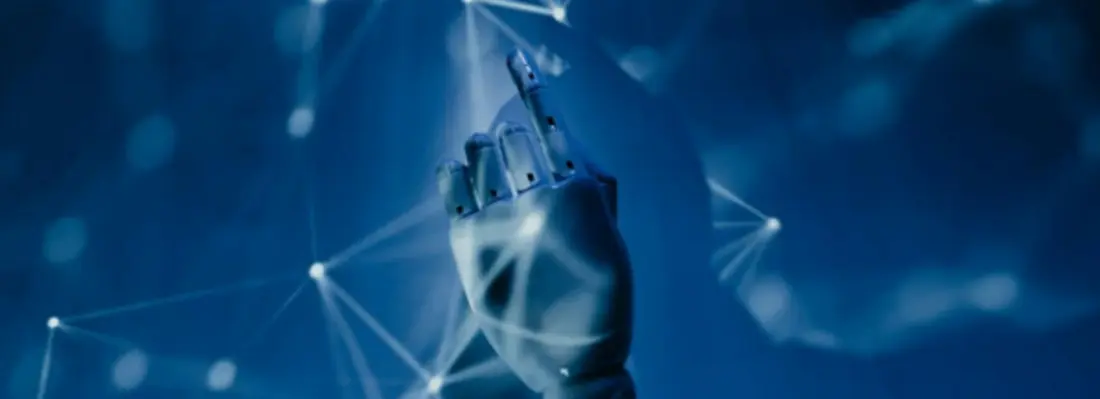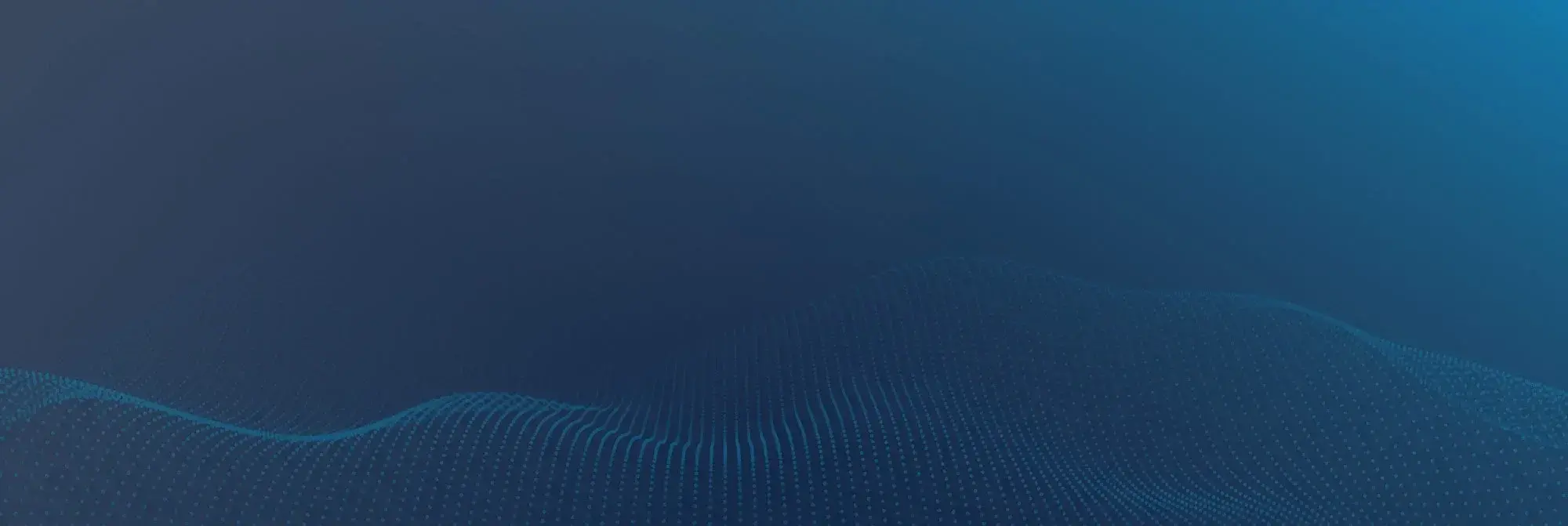Date: 1 July 2025
How to Prevent Missteps When Assigning the Licensing Type
In terms of digital protection, any smart software solution comes with a bulk of vulnerabilities. Cyber criminals are always on alert, searching for the gaps in data protection within a perilous online landscape.
The best defence against SAP mishaps is a proactive licensing strategy rooted in compliance, usage rights, and cost optimisation. Your data protection starts off with checking on the SAP environment regularly and eliminating unnecessary bits and pieces. Here are a handful of tips to keep valuable data secure:
- Ensure that users are assigned the correct license type tailored to their individual business needs. A correct choice prevents the challenges of over-licensing or under-licensing, both of which could lead to lawsuits.
- Remove inactive users, such as ex-employees, duplicate accounts, or dormant roles. Oversharing in a virtual space poses significant cybersecurity risks and exposes sensitive data to unwanted witnesses.
- Run data protection check-ups several times a year to prevent fraud. This preventative approach identifies suspicious activity before the issue escalates.
- Be mindful of third-party systems, like CRMs or commercial platforms, which can utilise data and trigger license obligations.
Furthermore, ensuring that licenses are correctly assigned reduces the attack surface. Proper SAP license governance can prevent escalation, where a customer gains undesired access to critical functions they shouldn't have.
Shifting Towards Smarter Licensing Models: What's the Catch?
Unlike outdated SAP licensing models that stop functioning when a cyber attack happens, smarter licensing models deliver long-lasting safeguarding of user data, which leads to improved customer satisfaction. Advanced licensing types add to companies' high-security standards, maximum protection, and automatic updates to stay resilient.
Here are several examples:
- Consumption-Based Model. In this type, payment activity is based on actual resource usage, such as data volume.
- Subscription Model. This strategy involves predictable payments that grant access to SAP software, promoting scalability.
- Hybrid Approaches: A shrewd combination of traditional licensing with innovative subscription models to ensure the highest level of protection.
By implementing these licensing models, greater visibility and security can be achieved. Undoubtedly, cyber attacks may affect even the most progressive software; however, it is better to be armed to the teeth than feel remorse for your failures afterwards.
Let's Sum It Up
Ultimately, SAP license optimisation is an integral part of a bigger picture. By staying ahead of the curve, creating data backups, and encrypting valuable data, it is possible to mitigate compliance and cybersecurity risks.
Integrating complex SAP security solutions is vital for securing your SAP environment. The professionals at LeverX are proficient in configuring and implementing SAP licensing to maintain business stability, while providing reliable support and tailored software solutions.
.webp?width=1170&name=SAP_Licensing_cropped%20(1).webp)







